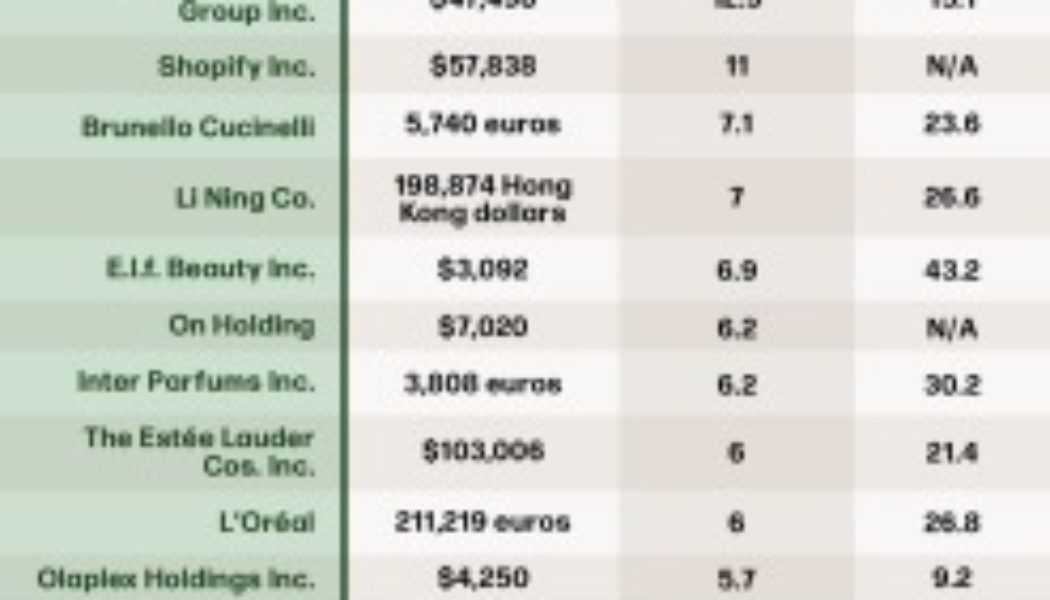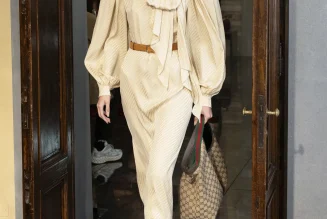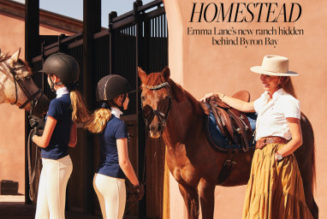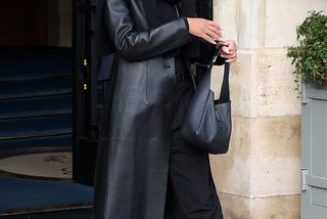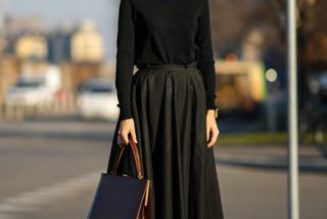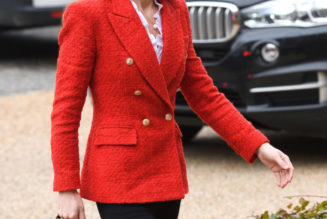Wall Street might not always appreciate the romance of fashion — but if investors are good at anything, it’s poring over the numbers as they figure out just where to put their money.
To gauge the full financial weight of a business, they often look at enterprise value — the combination of all the debt a company has raised and the current value of all of its stock, minus any cash on hand.
That boils a company’s value down to all of the money it’s managed to attract from debt and equity investors, extending that value to any stock that doesn’t float on the open market.
It’s how much you’d have to pay to buy a company at the current stock price and, read as a multiple of sales or earnings, it’s a good way to see who’s up and who’s down.
“The market places a valuation on these companies based on the subsector that they’re in and starts comparing them to each other to decide who’s more valuable and who’s not,” said Kelly Pedersen, partner and U.S. retail leader at PwC.
And just like in the mall, adjacency matters.
So a luxury company coming into the market will, at least at first, get a shot of getting a premium valuation. But it will have to earn its way up to, say, Hermès International, which gets credit for more than 16 euros of debt and equity investment from the market for every euro of sales.
A WWD study of S&P Capital IQ data on more than 100 fashion, luxury, beauty and retail companies showed an investor flight to relative safety, with big designer names and beauty getting top dollar alongside a few growing names still working toward profitability.
Among the leaders were Simon Property Group Inc., Shopify Inc., Brunello Cucinelli, E.l.f. Beauty Inc., Li Ning Co., On Holding, Inter Parfums Inc., The Estée Lauder Cos. Inc., L’Oréal and LVMH Moët Hennessy Louis Vuitton.
That the European luxury players are ranking as at the top of the industry in terms of valuation isn’t a surprise or change.
“The economy takes a dip, but yet luxury [sales] continue to increase,” Pedersen said. “Luxury specifically follows a path of its own, it’s on its own planet sometimes in terms of what those valuations look like.”
The big luxury players — including Hermès, LVMH Moët Hennessy Louis Vuitton, Kering and others — are high-profile, earn big profit margins and are generally very consistent, making more money than most in both good economic times and bad.
For instance, luxury leader LVMH last week reported a 15 percent increase in fourth-quarter revenues and its chief Bernard Arnault expressed confidence headed into 2023 and pointed to signs of recovery in China, which dropped its zero-COVID-19 policies.
“I’m quite confident that the Chinese leaders being very shrewd, they will surely take advantage of the period that is starting to revitalize Chinese growth,” Arnault said last week. “If this is the case — and we’ve seen signs of it in January — then we have every reason to be confident, even optimistic, about the Chinese market.”
LVMH gets 5.4 euros from investors for each euro of annual revenues, giving it a top valuation in fashion, by revenue multiple.
What has changed over the past 18 months is the market’s enthusiasm for newer brands and business models — where growth was enough to get Wall Street moving, costs and profits are now being scrutinized as well.
Pedersen said big investors are asking companies: “What are you doing with costs? How are you thinking about managing costs, not just as a onetime thing, but ongoing?”
In tougher times, investors have less patience.
“If quarter after quarter they don’t see a lot of progress and profitability, at some point you see investors say, ‘This model doesn’t actually work,’” Pedersen said.
The market is having a hard look at companies that were once seen as the next big thing, among them Stitch Fix Inc., which is getting just 20 cents of investment from Wall Street for every dollar of sales.
Instead, the funds investors were throwing at companies looking to be the next big thing are now going toward safer investments.
“Money that was in high-growth newer retail models has moved into multibranded holding companies, businesses that have historically been run very, very well,” said Matthew Katz, managing partner at SSA & Co. “They’re perceived as safer, having more consistent returns to investors as they look ahead to what could be a difficult time.”
Where companies have weaker revenue multiples, many are looking at how to get back into growth mode.
“These companies have been on many folks’ lists for: What’s the market position? What makes them different?” Katz said.
Also stuck in the valuation doldrums are compaines in the middle, between the luxury names still enjoying strong consumer spending and the ultra value names expert at catering to consumers when recession worries spike.
“How do retailers who are kind of stuck in the middle with large real estate footprints, how are they doing to drive growth in this market?” Katz said.
That is something that the established names, like Nordstrom Inc., Macy’s Inc., Fossil Group Inc. and Chico’s FAS inc., still have to prove to the market.
Each is getting just 50 cents or less from investors for every dollar of revenues despite their reach and connections with consumers.


